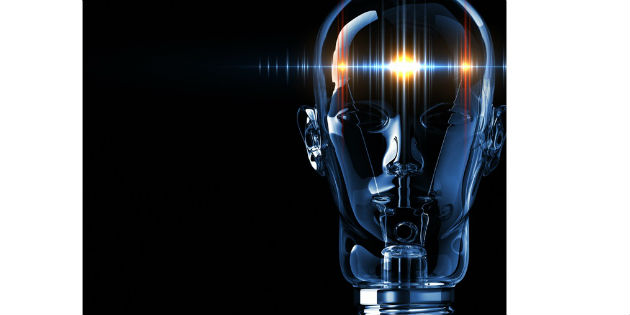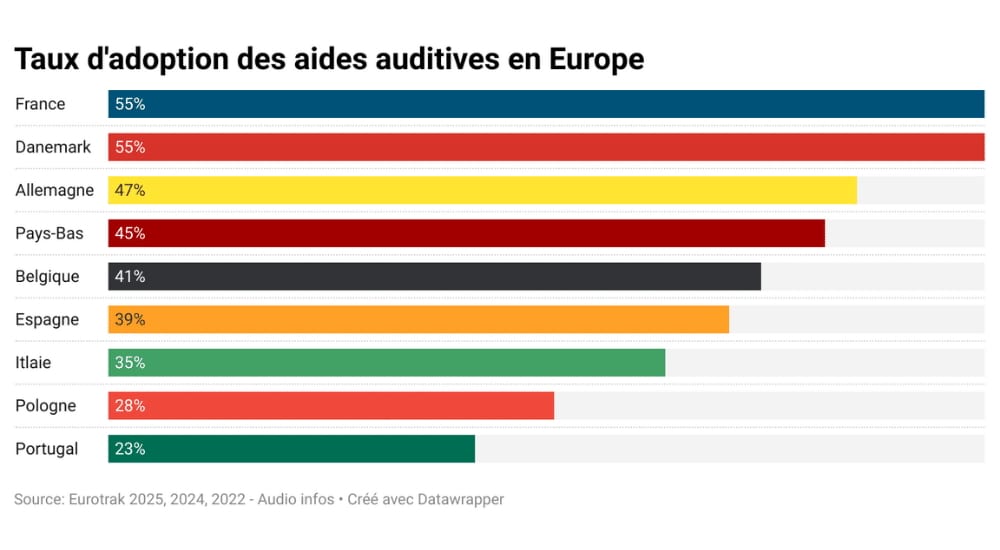Ground-breaking research could have long-lasting impact on the audiology world
Research
A high-level research project featuring eminent names from the hearing research world has been published in Nature Communications that could have a long-lasting effect on the future of hearing.

Understanding more about hearing loss, more precise diagnostics and hearing device improvement will all be possible.
13 prominent physicists and researchers from five countries have completed a research project that has spanned 9 years and culminated in a discovery that sees their work published in the renowned international journal of science which exclusively recognizes revolutionary studies.
The paper, ‘A mechanoelectrical mechanism for detection of sound envelopes in the hearing organ’, demonstrates a previously undiscovered mechanism in the ear processing speech which could pave the way for new tools for the diagnosis of hearing loss. To understand speech, vital acoustic details enable us to distinguish words. Only a small amount of this detail is needed for speech recognition, but to date the mechanism used by the auditory system to extract the detail was not known. This unique research reveals another function in the inner ear that detects the acoustic details in speech before it is converted into information for the brain.
Distortion introduced by mechanoelectrical transduction channels is the dominant mechanism for envelope detection. The electrical distortion tracks the envelope, excites the auditory nerve and transmits information about the shape of the envelope to the brain.
This new revelation is an important addition to our understanding of how the inner ear and our sense of hearing work. It may allow professionals to more precisely individualise hearing loss diagnosis and could spearhead the development of better personalised hearing aids to support the brain.
The research article was instigated back in 2009 by three principal researchers, including Thomas Lunner. Lunner, PhD, professor and Research Area Manager, Cognitive Hearing Science, Eriksholm, part of Oticon & Fellow of William Demant said, “We are now able to better understand a part of the hearing system that was not known before. Sound travels through the ear as mechanical waves, which is then translated into electrical pulses for the brain by the outer and inner hair cells. To date, it has only been possible to diagnose the health of outer hair cells, for example, in newborn screening. This research could make the first methods to diagnose the health of inner hair cells possible, which has the potential to improve individualized hearing aid processing to better support brain functions, ultimately reducing the effort placed on the brain to understand sound.”
Source: Oticon


